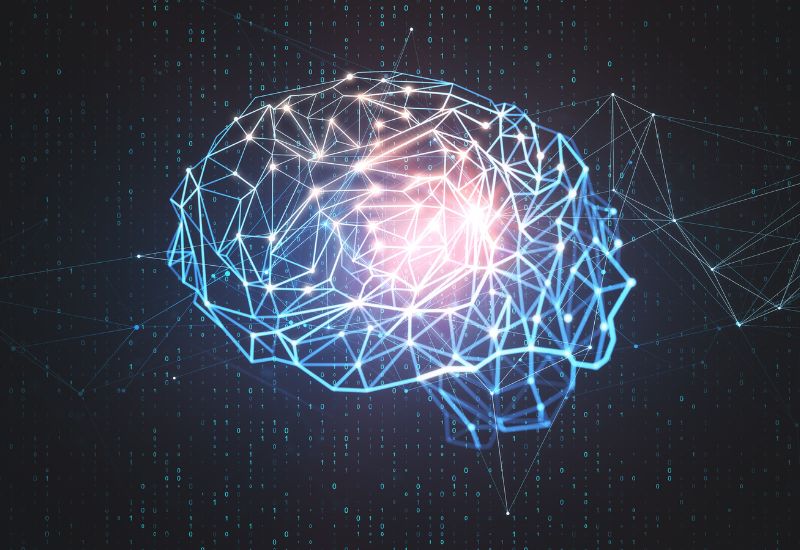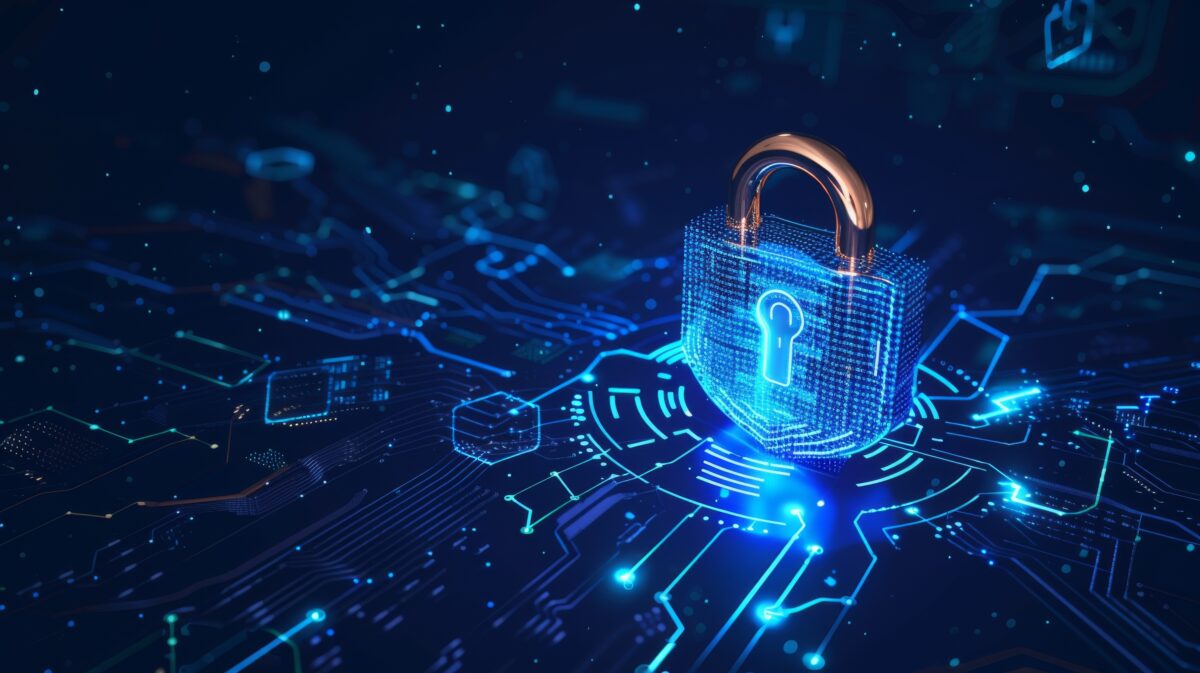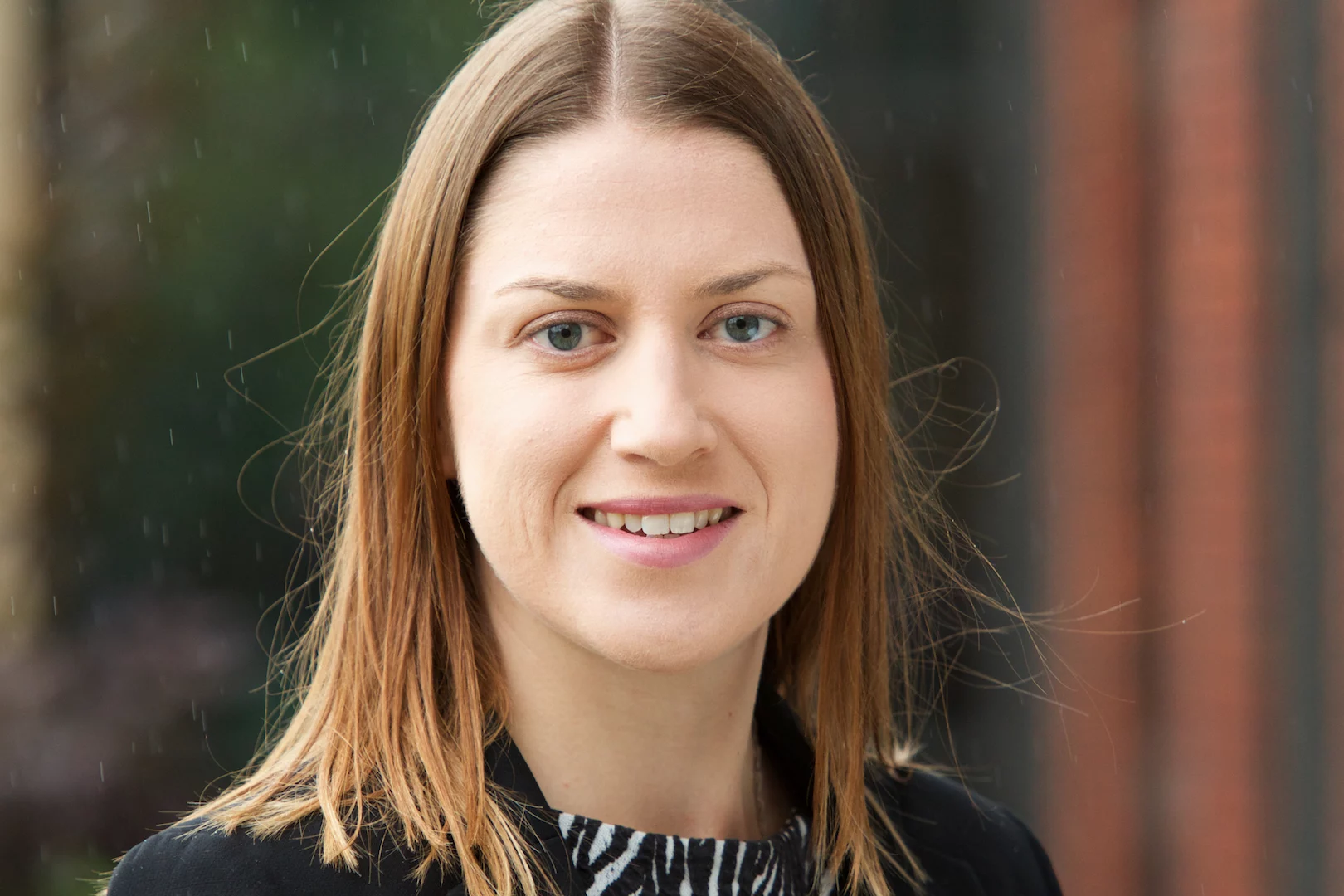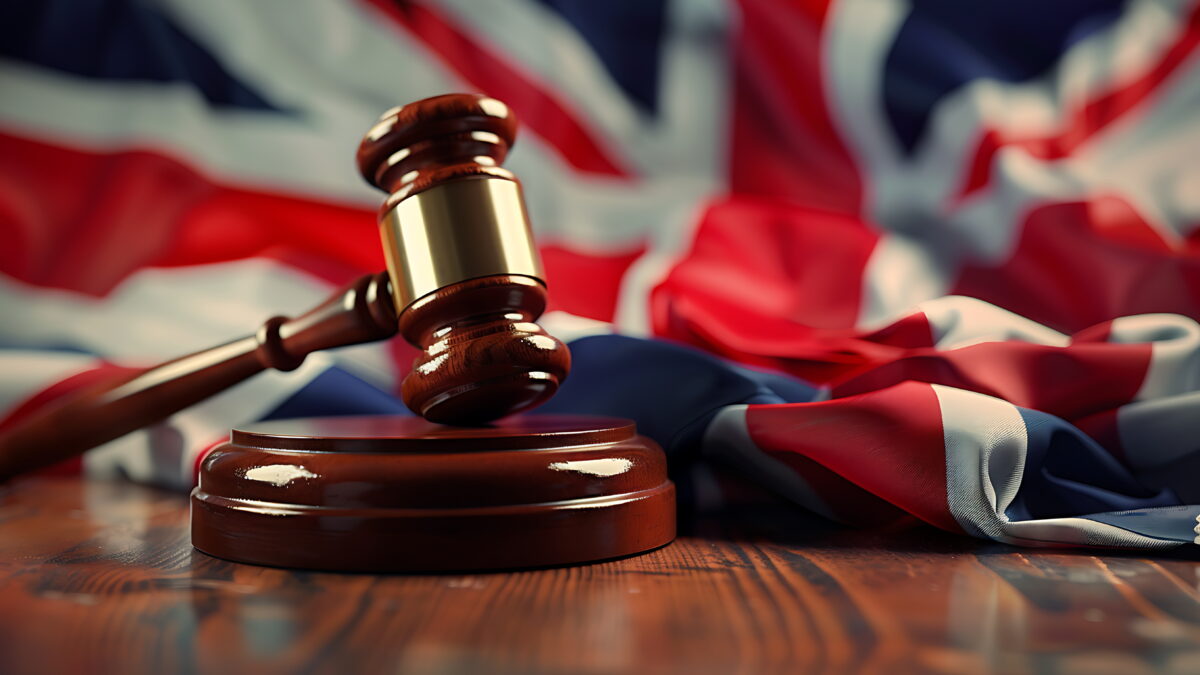- 27 Sep 2024
- •
- 2 min read
The changing face of AI patents protection in the UK

For those of you who listened to our inaugural webinar on AI and the issues that arise for businesses, you will remember my section on how the legal world is struggling to keep pace with the ever innovating world of AI and whether AI is capable of patent protection.
Patents Act and Software
Historically, you may know that section 1(2)(c) of the Patents Act 1977 excludes a computer program from protection. But even a cursory search of the Patent Register indicates that clearly software patents exist, tens of thousands of them actually, but they must explain the technical problem that the ‘invention’ (because that’s what patents are) solves and why this is a technical contribution over the existing prior art.
The field of AI takes this complicated examination process into the next realm of technical invention and a recent case of Emotional Perception v Comptroller General of Patents involves an appeal against a decision made by a hearing officer of the UK IPO to refuse patent protection for an ANN (artificial neural network).
I won’t go into huge detail because the facts (and technology) are hugely complicated but in summary, the patent application was for an improved system for providing media file recommendations to an end user. The stated advantage of the patent application was that it could suggest similar music in terms of human perception and emotion, irrespective of the genre. It does this by passing music through a trained ANN which can assimilate the semantic characterisation of a track and allocate coordinates to it. The ANN is then trained until it can take any music track, calculate its property space coordinates and find semantically similar music to make recommendations to end users by sending a file and message to them.
The hardware ANN and the software emulation were considered separately. The judge held that the emulated ANN existed at a different level to the underlying software. There was no program at that point because the ANN was not operating a set of program instructions given by a person, but rather applying its own weights, biases etc to produce relevant coordinates; the ANN had trained itself. It was emulating a piece of hardware which had physical nodes and layers, so the software ANN was no more operating a program than the hardware ANN was. Therefore, the emulated ANN was not running a program for a computer for the purposes of s1(2)(c).
The immediate effect of the judgement was that the UK IPO has announced (in statutory guidance) that patent examiners shouldn’t object to inventions involving ANNs under s1(2)(c) of the Patents Act 1977. This was back in November 2023.
However, in July this year, in the Court of Appeal, the judges overturned this decision and upheld the UK IPO’s appeal, ruling that the ANNs in the invention were considered to be computer programs as such and did not provide a technical contribution, meaning that once again the UK IPO has to sort out its examination practices and maintain its position as being one of the most strict offices with regard to the patentability of software.
There is of course scope for Emotional Perception to appeal the appeal in the Supreme Court and we watch this space with interest!














